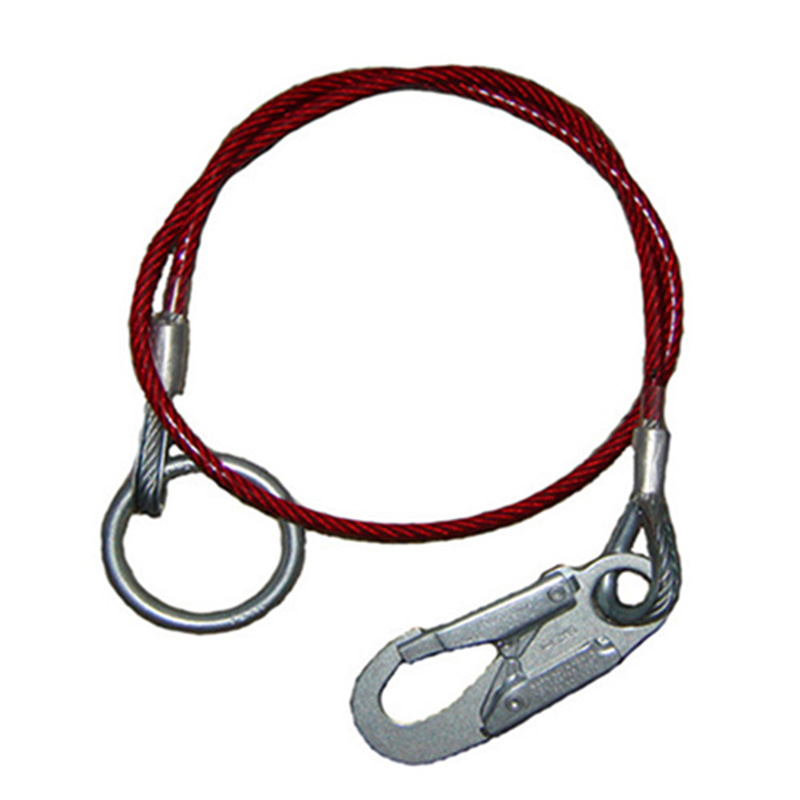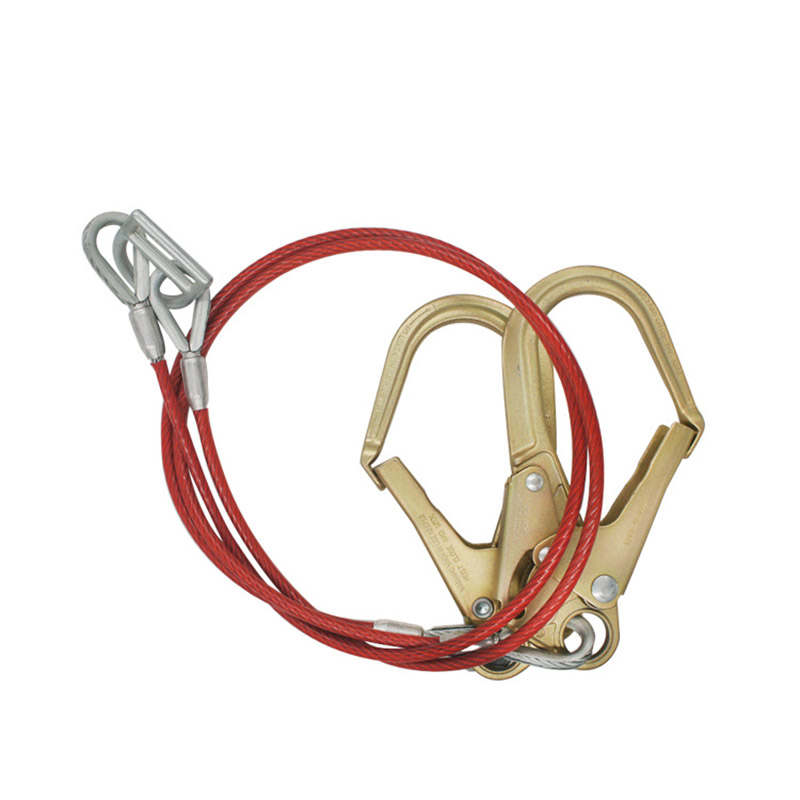Precision Coated Galvanized Steel Wire
Send Inquiry
For the submarine optical cables, we use a special Precision Coated Galvanized Steel Wire - one that has undergone deep galvanization treatment - as the protective layer. The purpose is to be able to withstand the huge pressure of the sea floor and the corrosive salt water there.
This steel wire has a thicker zinc coating and excellent mechanical properties. Although it meets the highest standards, our prices are still competitive for the telecommunications industry. If you purchase in large quantities for international projects, you can also get more favorable prices.
We cooperate with global logistics companies to transport this steel wire quickly and safely to major ports. Each batch of goods will undergo strict inspections before shipment, and we will provide a "rolled test certificate" for it.
Product Details
When manufacturing the optical cable for pipelines, we use Precision Coated Galvanized Steel Wire to give it the required tensile strength. This way, when you pull the optical cable into the pipeline, it will neither stretch nor break.
This steel wire has a smooth surface and a regular shape, which means there is less friction. Our prices are cost-effective, thus helping to reduce the overall project budget. If customers meet the two conditions of "continuous ordering" and "annual total order volume exceeds 50 tons", they can automatically enjoy the loyalty discount benefits.
The steel wire is wound on a sturdy reel with protective edges. To achieve rapid domestic delivery, we ship it by fast transport trucks - so it can be delivered on time to the construction site.
Product Benefits
High tensile strength (1370 MPa - 1770 MPa) is critical because it ensures that the material/structure does not fail when subjected to large tensile forces. The cable uses Precision Coated Galvanized Steel Wire, which has excellent mechanical strength and can withstand tensile stress during installation (such as laying in pipes) as well as environmental loads such as strong winds and icing. This superior mechanical strength ensures the optical fiber core is protected from excessive tension, preventing signal loss and extending the service life of the entire cable infrastructure in demanding aerial or duct installations.
| Diameter | Tolemce | Tehsle strength | Number twist | Number bendin | Zinc weight |
| mm | mm | min.mpa | min.nt | min.nb | g/㎡ |
| 0.40 | ±0.01 | 1960 | 24 | 9 | 10-40 |
| 0.50 |
±0.01 |
1960 |
24 | 9 |
10-40 |
| 0.60 |
±0.01 |
1960 |
24 | 9 |
10-40 |
| 0.70 |
±0.01 |
1960 |
24 | 9 |
10-40 |
| 0.80 |
±0.01 |
1770 | 27 | 13 |
10-40 |
| 1.00 |
±0.02 |
1670 | 27 | 9 |
10-40 |
| 1.20 |
±0.02 |
1570 | 28 | 15 |
10-40 |
| 1.50 |
±0.02 |
1570 |
27 | 10 |
10-40 |
| 1.60 |
±0.03 |
1570 |
27 | 13 |
10-40 |
| 1.70 |
±0.03 |
1570 |
27 | 12 |
10-40 |
| 2.00 |
±0.03 |
1470 | 25 | 10 |
10-40 |
| 2.10 |
±0.03 |
1470 |
25 | 14 |
10-40 |
| 2.20 |
±0.03 |
1470 |
25 | 13 |
10-40 |
| 2.30 |
±0.03 |
1470 |
23 | 12 |
10-40 |
| 2.50 |
±0.03 |
1470 |
23 | 10 |
10-40 |
| 2.60 |
±0.03 |
1320 | 24 | 10 |
10-40 |















